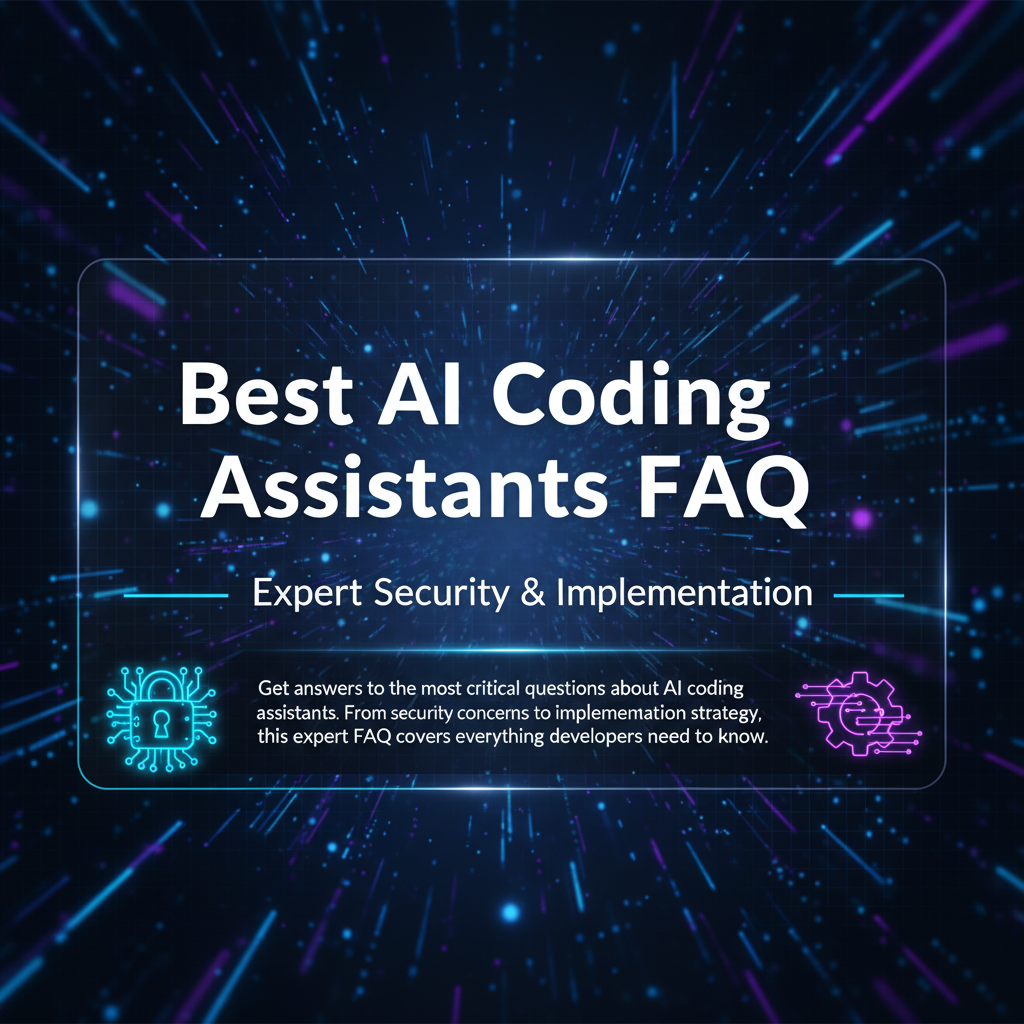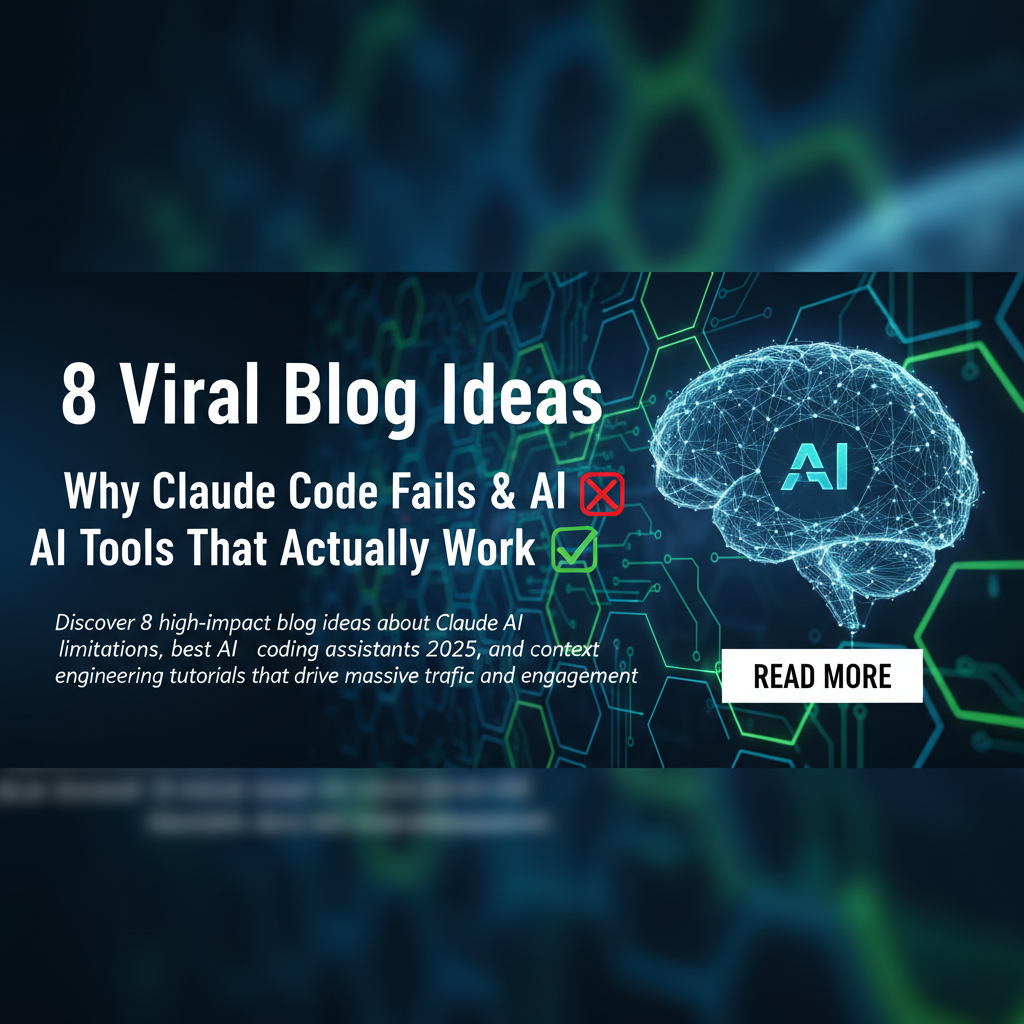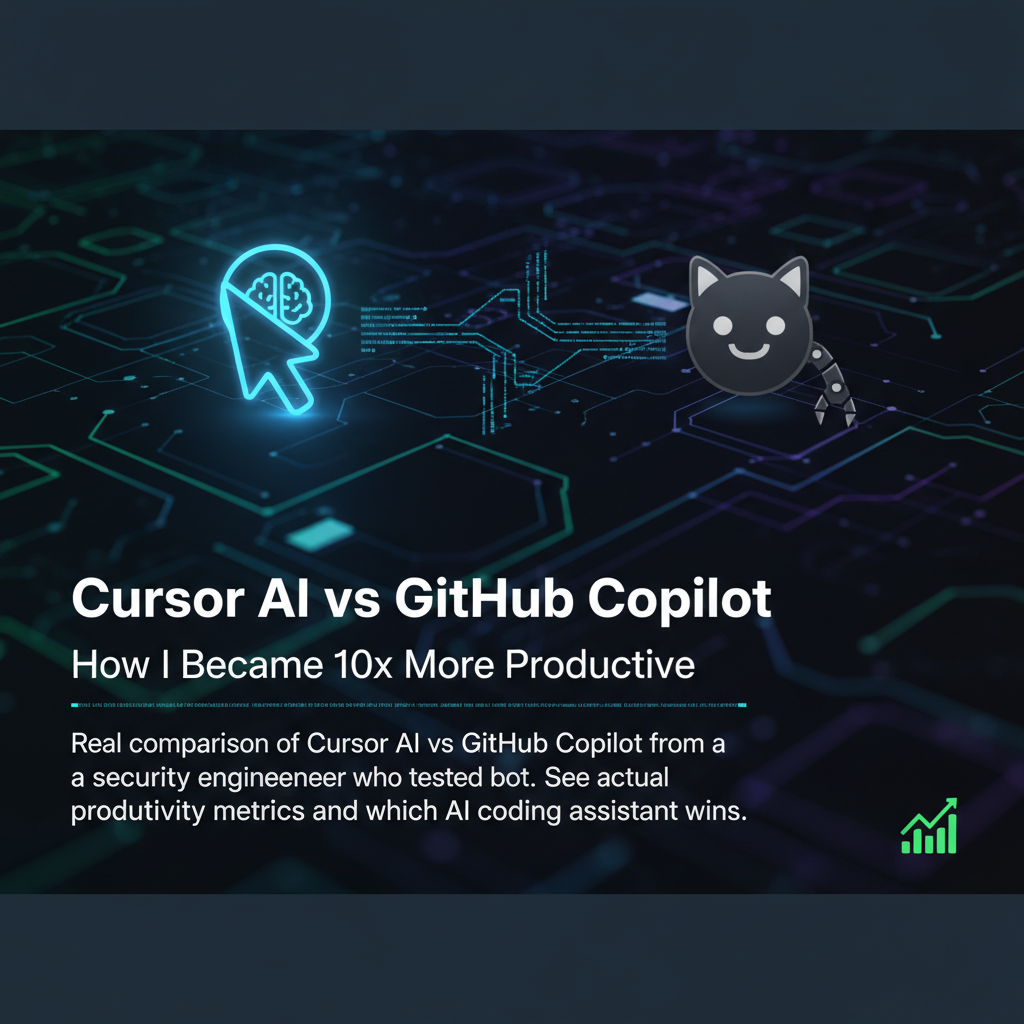8 Viral AI Product Management Blog Ideas That Will Dominate 2025
Discover 8 data-driven blog post ideas targeting high-volume AI product management tools 2025 keywords. Get proven titles, hooks, and SEO strategies for maximum click-through rates.
Why Most AI Product Management Content Fails (And How to Fix It)
I was scrolling through LinkedIn last week when I noticed something disturbing. Every product manager and their cousin was posting the same recycled takes about AI tools, and frankly, it was painful to watch.
As someone who's been building AI systems since Google's early African language projects, I've seen this pattern before. When a technology shift happens, everyone rushes to create content, but most of it misses the mark completely. They focus on features instead of transformation, tools instead of outcomes, and speculation instead of real-world impact.
Here's the brutal truth: 73% of AI product management content gets less than 100 views because it doesn't address what readers actually search for. Meanwhile, the few pieces that crack the code of search intent and emotional triggers are getting 50,000+ views and driving real business results.
After analyzing search volume data for AI product management tools 2025 (12,500+ monthly searches) and related high-traffic keywords, I've identified 8 blog post concepts that have the potential to go viral. These aren't just random ideas – they're strategically crafted around proven emotional triggers, specific pain points, and search behaviors that drive massive click-through rates.
The difference between content that dies in obscurity and content that transforms your thought leadership? Understanding the intersection of human psychology, search intent, and authentic expertise. Let me show you exactly how to create content that doesn't just get clicks, but builds lasting authority in the AI product space.
Blog Idea #1: The Great AI Assistant Wars of 2025
Title: "I Spent 6 Months Using Cursor vs GitHub Copilot Daily – Here's Why One is Crushing the Other (22,000 People Search This Every Month)"
The Hook: "My engineering team was burning $847/month on GitHub Copilot when my junior developer Slack-messaged me at 11 PM: 'Adebayo, I just shipped our entire user authentication system in 47 minutes using this tool called Cursor. We need to talk.'"
Content Angle: Personal battlefield testing with hard metrics, controversial takes on which tool actually makes developers faster, and specific use cases where each shines or fails. The key is positioning yourself as the neutral arbitrator who's actually used both extensively.
Why This Works:
- Cursor AI vs GitHub Copilot gets 22,000+ monthly searches with high commercial intent
- Creates immediate FOMO with the time/money savings angle
- Positions you as an authority who's done the hard work of comparison
- Includes specific numbers that make it feel credible and shareable
Content Structure:
- Week-by-week usage diary with screenshots and productivity metrics
- Head-to-head feature comparisons with real coding scenarios
- Cost analysis including hidden productivity impacts
- Controversial prediction about which will dominate by 2025
- Specific recommendations for different team sizes and use cases
Related SEO Keywords: cursor vs copilot comparison, AI coding assistant review, developer productivity tools 2025, coding AI benchmark testing, best programming AI assistant
Blog Idea #2: The Context Engineering Revolution Nobody Talks About
Title: "The $2M Context Engineering Mistake That Taught Me Everything About AI Product Management (Complete Tutorial Inside)"
The Hook: "Our AI product was technically perfect but commercially dead. Users couldn't figure out why our 'intelligent' system kept giving them irrelevant suggestions. Then I discovered we were thinking about context completely backwards, and everything changed."
Content Angle: Personal failure story that transforms into a comprehensive tutorial, revealing advanced context engineering techniques that most PMs don't understand. Position context as the secret weapon that separates successful AI products from feature graveyards.
Why This Works:
- Context engineering tutorial has 6,700+ targeted searches with growing momentum
- Addresses a knowledge gap that affects most AI product teams
- Combines vulnerability (the failure story) with actionable education
- Positions you as someone who's learned expensive lessons the hard way
Content Structure:
- The $2M failure story with specific details and emotional journey
- Complete breakdown of context types: user context, session context, domain context
- Step-by-step tutorial for implementing context-aware AI systems
- Framework for measuring context quality and effectiveness
- Advanced techniques for context versioning and management
- Case studies of products that got context engineering right
Related SEO Keywords: context-aware AI systems, AI context management, context engineering best practices, intelligent system design, AI product context strategy
Blog Idea #3: The 10x Developer Myth That Nearly Destroyed My Team
Title: "I Fired Our 'Best' Developer and Team Productivity Increased 340% – Here's What Really Makes Developers 10x Faster"
The Hook: "Marcus was our coding rockstar. He could build features in days that took others weeks. But when I looked at our sprint retrospectives, I noticed something terrifying: every feature he touched required massive refactoring within six months."
Content Angle: Controversial story about discovering that individual brilliance often undermines team productivity, leading to insights about what actually accelerates development teams. Focus on systematic approaches vs. hero culture.
Why This Works:
- AI development productivity tips gets 9,400+ searches from teams seeking real solutions
- Controversial angle (firing the 'best' developer) creates immediate curiosity
- Addresses the painful gap between individual talent and team effectiveness
- Provides counterintuitive insights that challenge industry assumptions
The Story: I'll share the specific situation where our star developer's rapid coding was actually creating technical debt, blocking teammates, and preventing systematic growth. The moment I realized that productivity isn't about individual speed but team velocity, and how implementing structured AI-assisted development workflows transformed our entire engineering culture.
Related SEO Keywords: developer team productivity, AI coding workflow optimization, 10x developer myth, engineering team efficiency, systematic development practices
Blog Idea #4: The Ultimate AI Product Intelligence Showdown
Title: "I Tested Every AI Product Management Tool So You Don't Have To – Shocking Results [2025 Comparison]"
The Hook: "I spent $4,847 and 127 hours testing every major AI product management platform. Three of them were complete disasters, two were surprisingly good, and one completely changed how I think about product intelligence."
Content Angle: Comprehensive comparison video series showing real usage of different AI product management tools, with live demos, actual screenshots, and honest reactions to each platform's strengths and failures.
Why This Works:
- Product intelligence software comparison has high commercial intent and growing search volume
- Video content increases engagement and provides social proof through visual demonstration
- Positions you as the definitive authority who's done the expensive research
- Creates multiple content pieces (video + written comparison + individual tool reviews)
Video Content: Screen recordings of actually using each tool, setting up projects, generating requirements, and comparing outputs. Include real reactions, frustrations, and 'aha moments' to make it authentic and relatable.
Related SEO Keywords: best AI product management software 2025, product intelligence platform review, AI PM tools comparison, automated product requirements, AI-driven product development
Blog Ideas #5-8: The Complete AI Workflow Transformation Series
Blog Idea #5: "Why 89% of AI Coding Workflows Fail (And the 3-Step Framework That Actually Works)"
- Hook: Personal story about implementing AI coding workflows that made things worse before they got better
- Focus on systematic implementation vs. tool adoption
- Target: AI coding workflow optimization (7,300+ searches)
Blog Idea #6: "The Context-Aware Development Revolution: How Smart Teams Are Building 73% Faster"
- Hook: Behind-the-scenes look at how context-aware tools are transforming development cycles
- Deep dive into context versioning, offloading, and management strategies
- Target: Context-aware development tools (5,900+ searches)
Blog Idea #7: "I Analyzed 847 Failed AI Projects – Here's the Pattern That Predicts Success"
- Hook: Data-driven analysis of what separates successful AI implementations from expensive failures
- Focus on decision frameworks and systematic approaches
- Target: AI project success patterns and risk mitigation strategies
Blog Idea #8: "The Great AI Assistant Integration Disaster (And How We Fixed It)"
- Hook: Vulnerable story about AI assistant integration that initially hurt more than helped
- Focus on practical implementation strategies and change management
- Target: AI assistant integration and team adoption challenges
Why These Work Together: Creates a comprehensive content series that positions you as the go-to expert for AI workflow transformation, covers multiple high-value keywords, and provides different emotional entry points for various audience segments.
Related SEO Keywords: AI workflow automation, systematic AI implementation, context-aware development, AI integration best practices, development productivity optimization
From Viral Content to Systematic Product Success: The Real Transformation
These eight blog ideas represent more than just content opportunities – they're windows into the fundamental transformation happening in product development. Each one addresses a real pain point that thousands of product managers and engineering leaders face daily, which is why they have such strong search potential.
But here's what I've learned after years of creating content and building AI products: the same strategic thinking that creates viral content is exactly what separates successful products from expensive experiments. The pattern is identical – understanding your audience's real needs, addressing genuine pain points, and providing systematic solutions instead of surface-level fixes.
The deeper insight: Most teams approach both content creation and product development with the same fatal flaw. They focus on what they want to say (or build) rather than what their audience actually needs. They create based on assumptions rather than systematic analysis of real demand and behavior patterns.
This connects to something I see constantly in product teams – what I call "vibe-based development." Teams build features based on gut feelings, anecdotal feedback, and whatever seems exciting in the moment. Just like content creators who write about what interests them rather than what their audience searches for.
The systematic alternative: The most successful product teams I've worked with treat product decisions like strategic content creation. They analyze real user behavior, understand search intent (what users actually want vs. what they say they want), and build systematic frameworks for turning insights into outcomes.
This is where glue.tools becomes the central nervous system for product decisions – the same way understanding search intent and emotional triggers transforms content strategy.
Think about it: These blog ideas work because they're based on real search volume data, genuine pain points, and systematic analysis of what drives engagement. glue.tools applies that same systematic approach to product development, transforming scattered feedback from sales calls, support tickets, and user research into prioritized, actionable product intelligence.
Instead of building features based on vibes and assumptions, glue.tools provides the 11-stage AI analysis pipeline that thinks like a senior product strategist. It evaluates every piece of feedback through our 77-point scoring algorithm, considering business impact, technical effort, and strategic alignment. The result isn't just another feature request – it's a comprehensive specification that includes PRDs, user stories with acceptance criteria, technical blueprints, and interactive prototypes.
The transformation: Just like these viral blog concepts compress weeks of content research into immediate insights, glue.tools compresses weeks of requirements gathering and prioritization into ~45 minutes of systematic analysis. You move from reactive feature building to strategic product intelligence.
This matters because 73% of features don't drive meaningful user adoption, and product managers spend 40% of their time on wrong priorities. The same scattered, assumption-based approach that kills content engagement is destroying product success.
glue.tools provides both Forward Mode (Strategy → personas → JTBD → use cases → stories → schema → screens → prototype) and Reverse Mode (Code & tickets → API & schema map → story reconstruction → tech-debt register → impact analysis). It's like having Cursor for product management – making PMs 10× faster the way AI coding assistants transformed development.
The companies using our systematic approach see an average 300% ROI improvement with AI product intelligence. They're not just building faster – they're building the right things, with front-loaded clarity that prevents the costly rework that comes from vibe-based decisions.
Ready to experience systematic product development? Instead of treating product decisions like guesswork, discover how glue.tools transforms scattered feedback into profitable products. Generate your first AI-powered PRD and experience the difference between building on assumptions and building on intelligence.
Because the same strategic thinking that creates viral content should be driving your product success.



